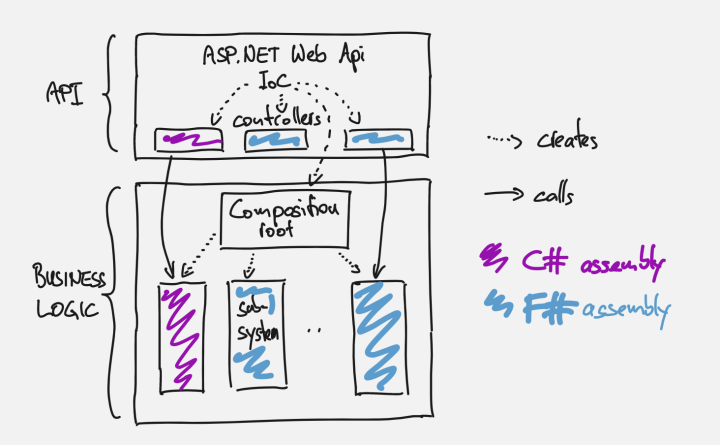
When we started with TimeRocket in 2015, we used C# as the programming language for our backend. In 2020, we started using F# for our new code. We see little value in rewriting existing C# code to F# and do so only when major changes are due in existing C# code. As a result, we have quite a bit of C#-F# interop in our system. Both from C# to F# and from F# to C#. This post overviews what we learned about C#-F# interop. This blog post is part of the F# Advent Calendar 2022 – check out the...








